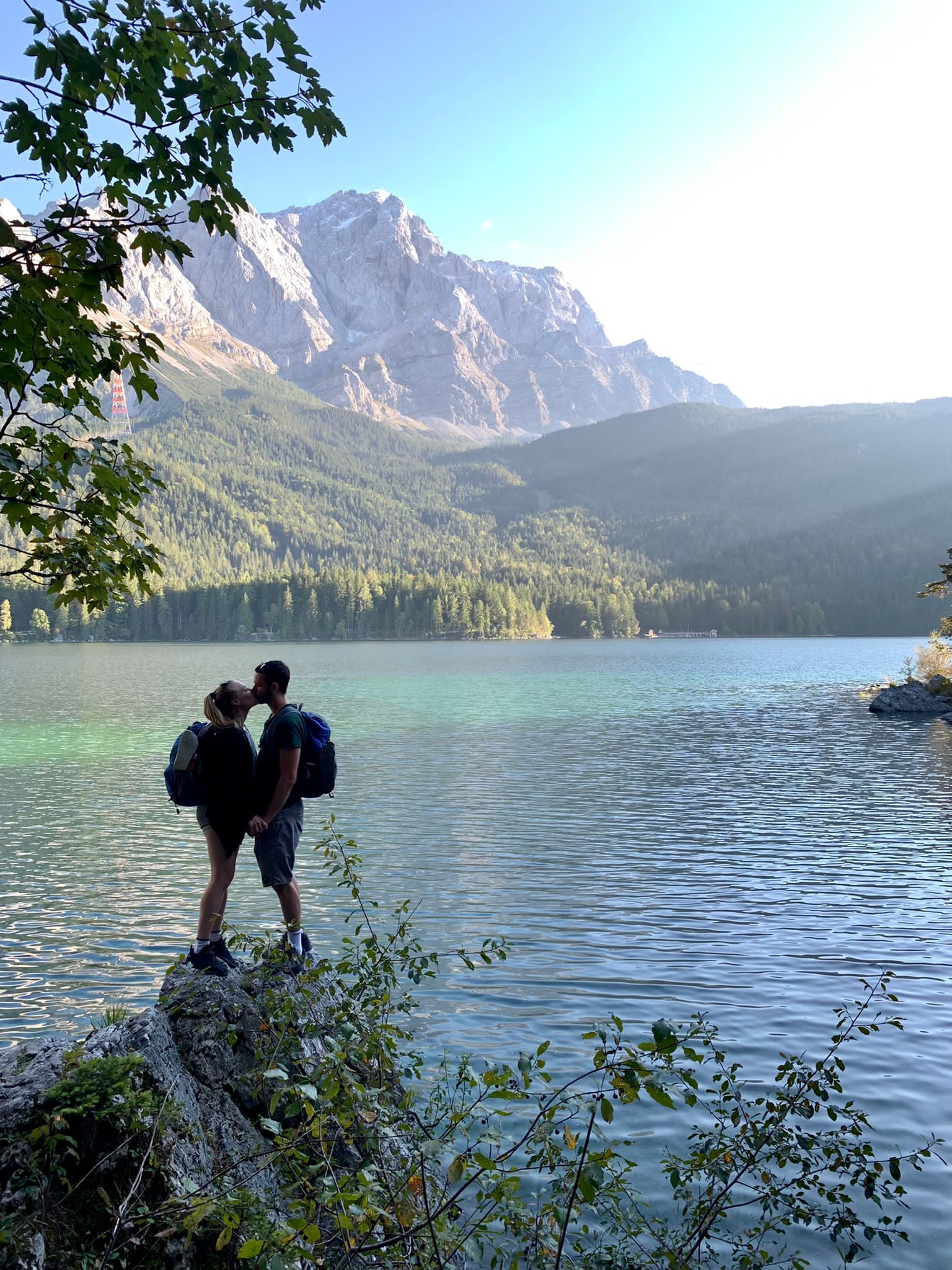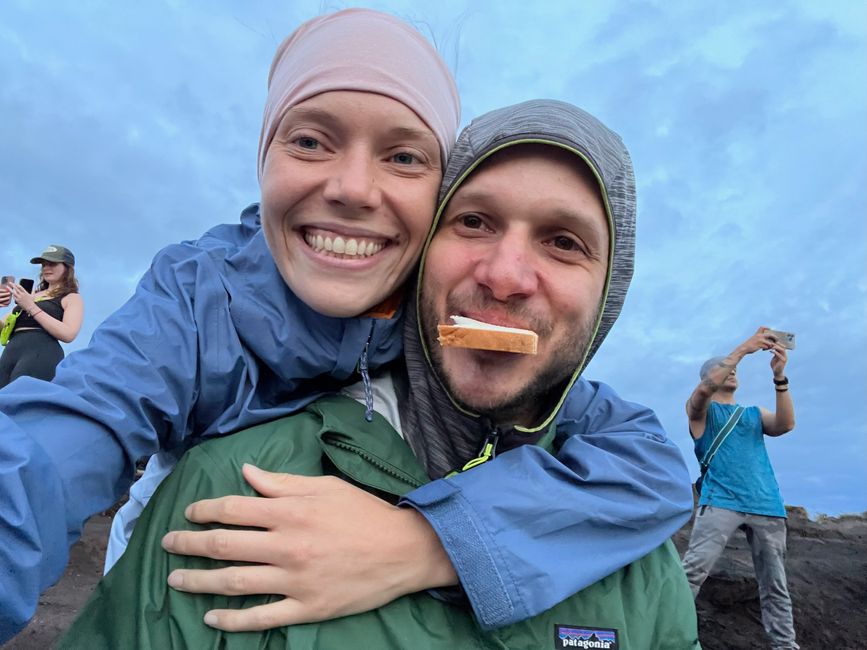Around Townsville
प्रकाशित: 23.05.2023
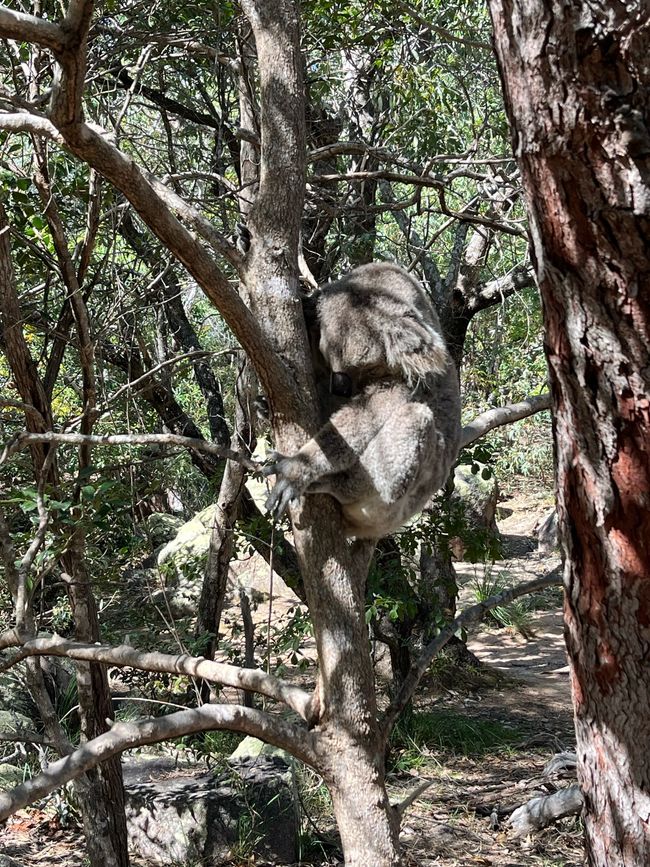
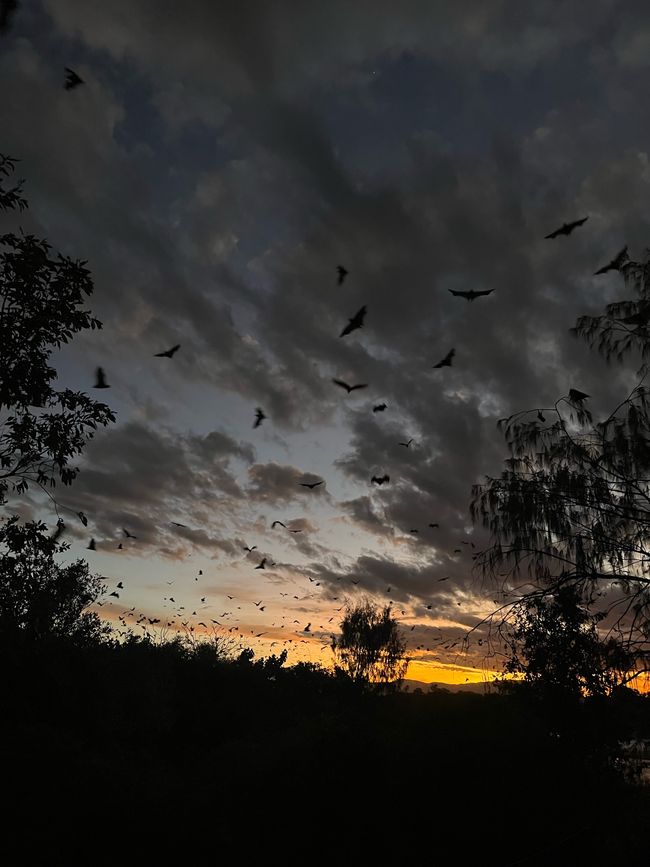
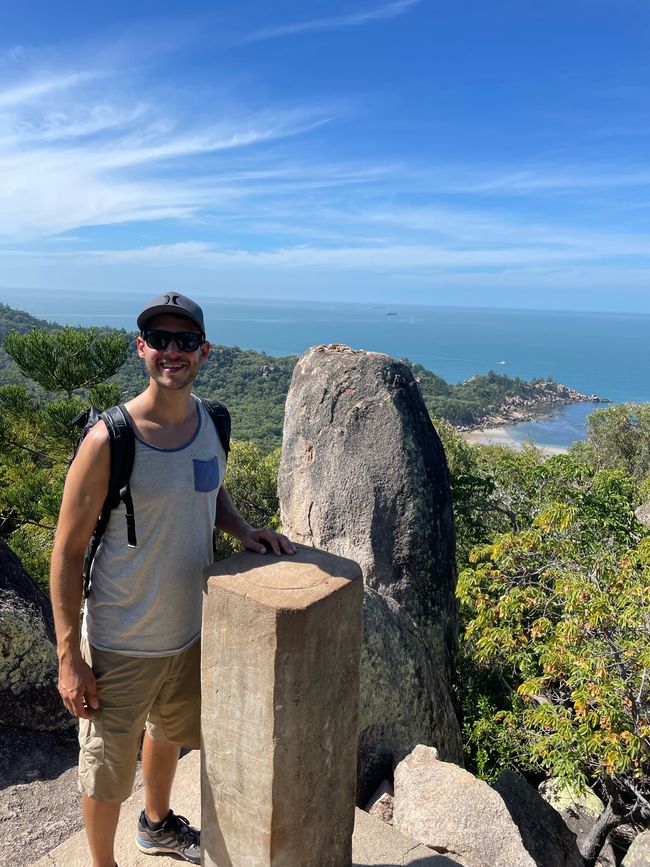
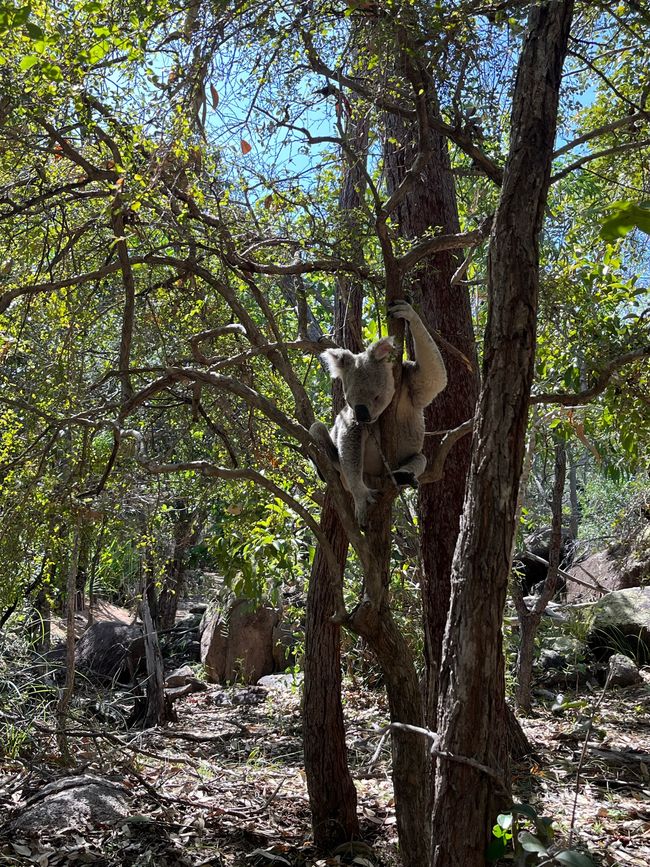
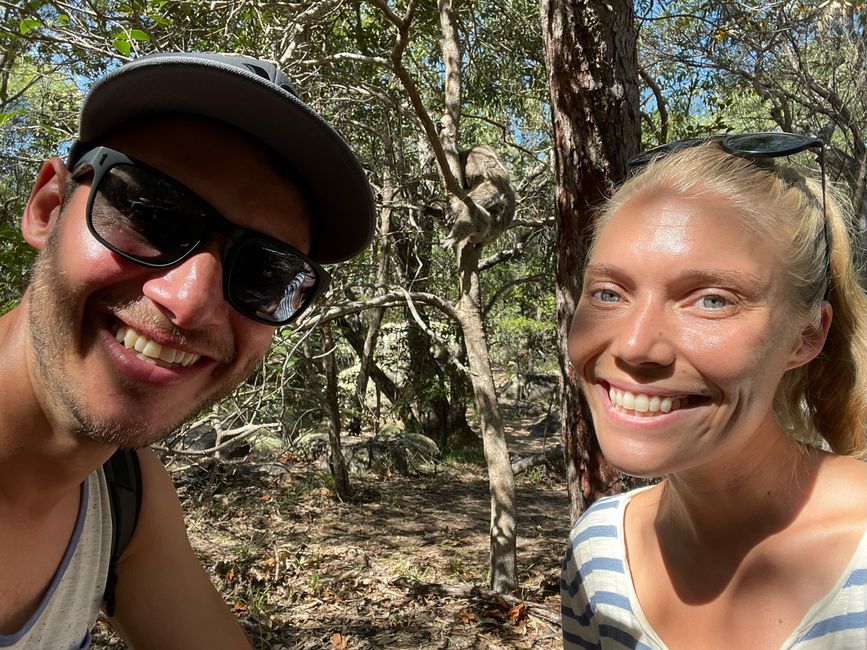
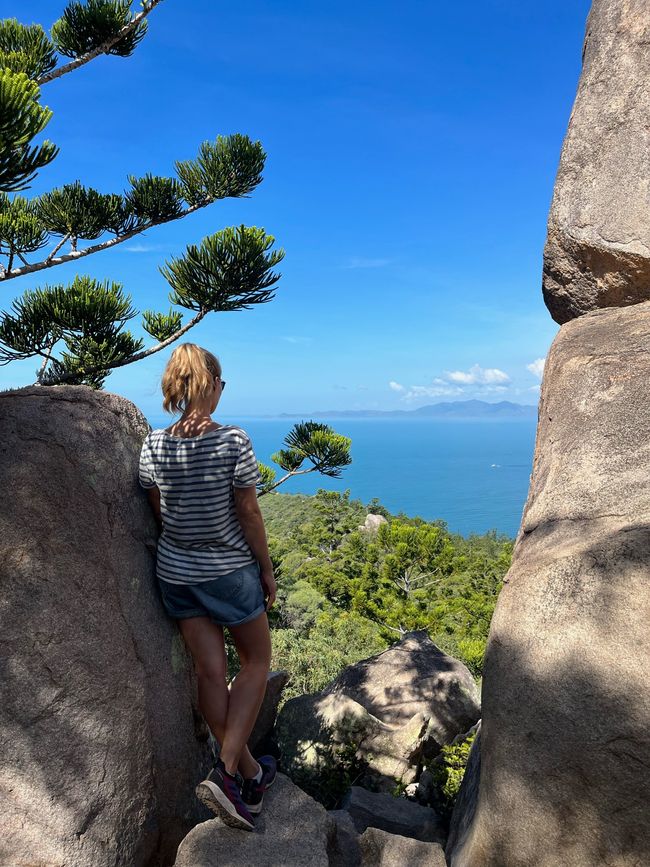
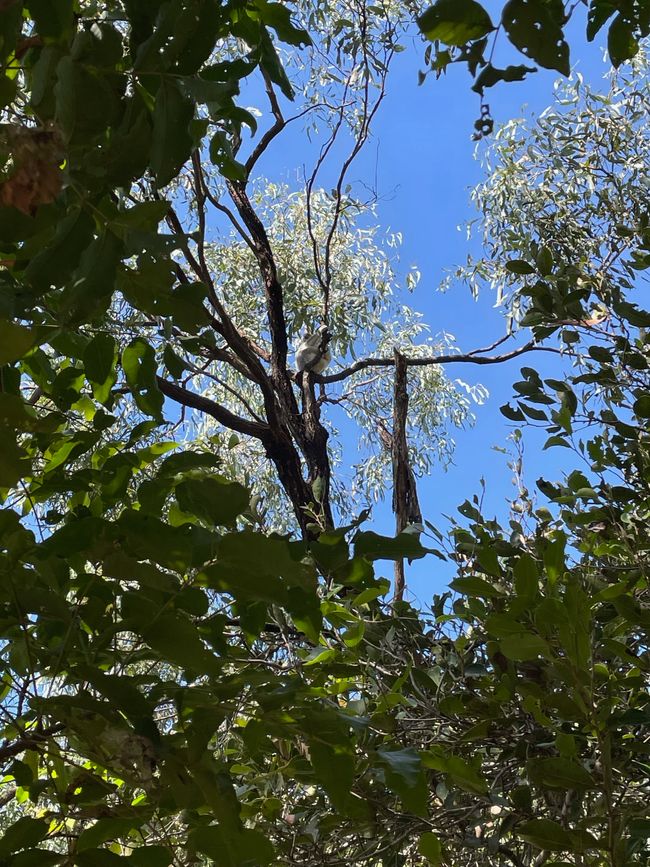
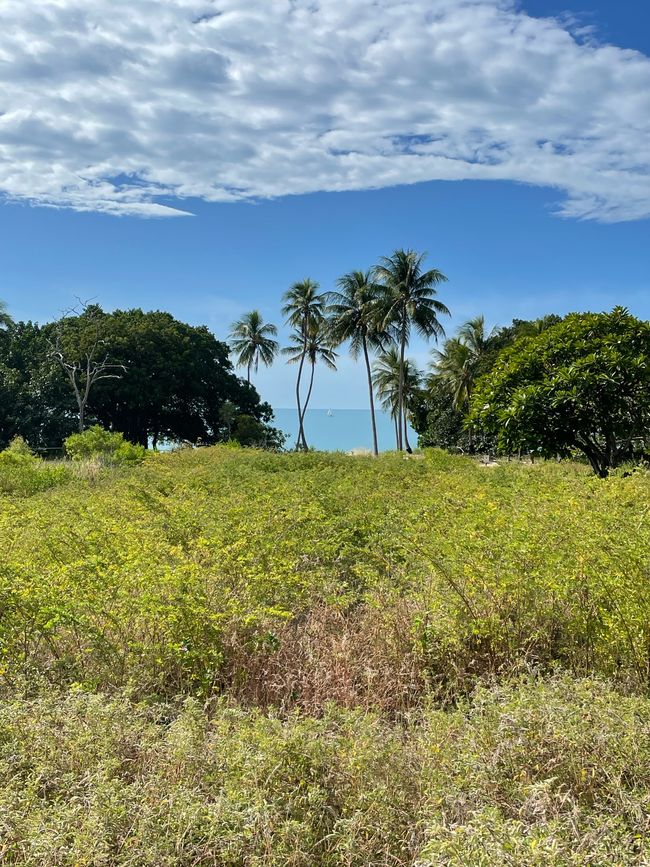
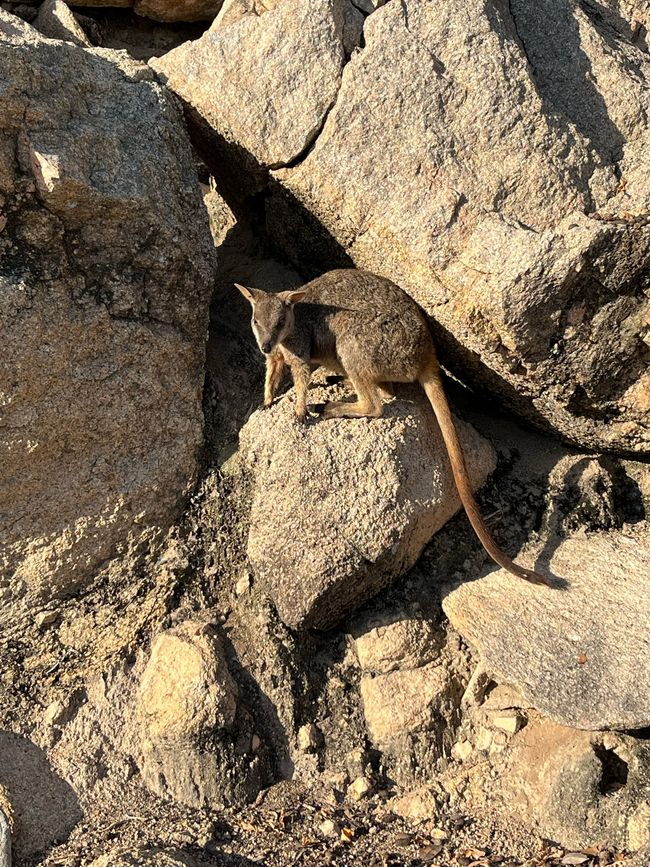
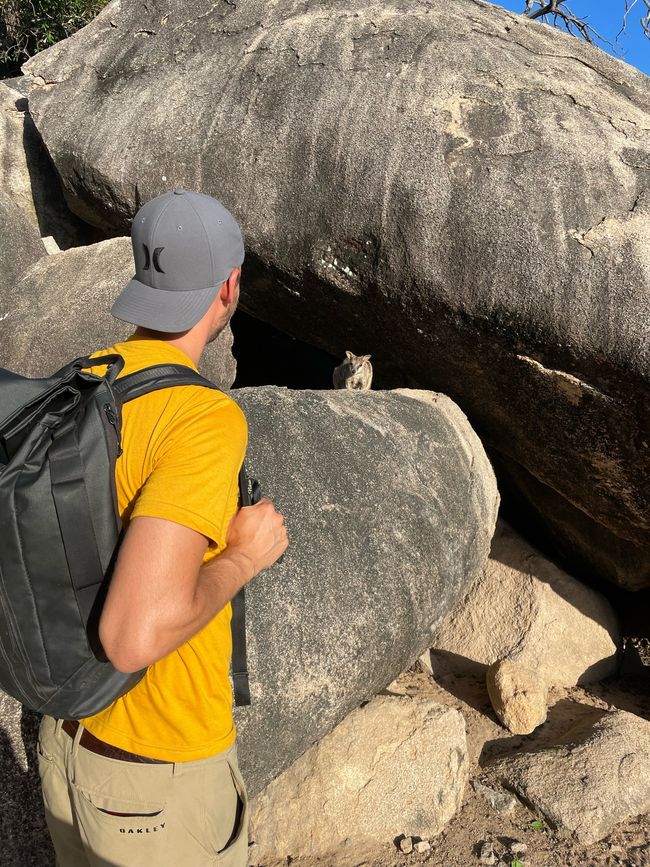
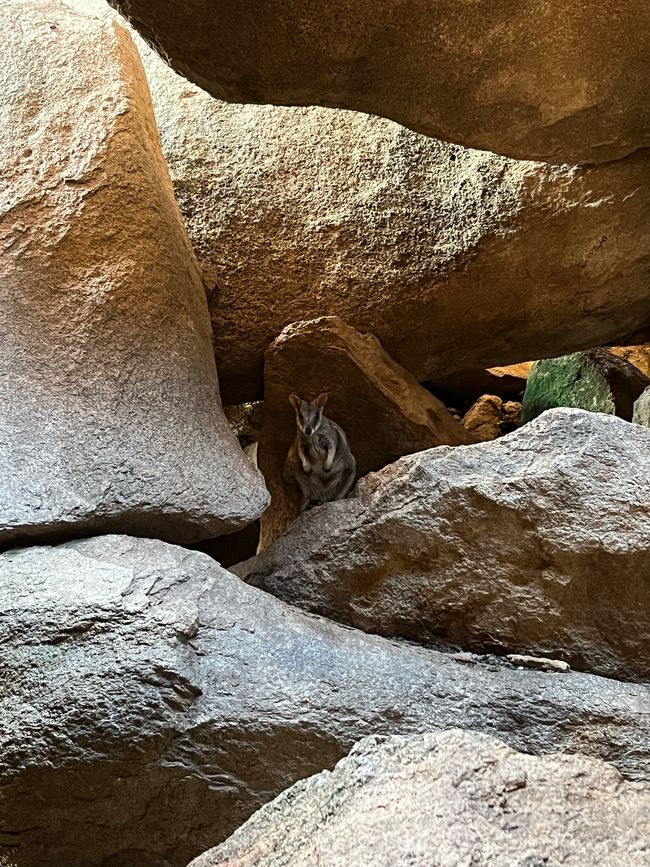
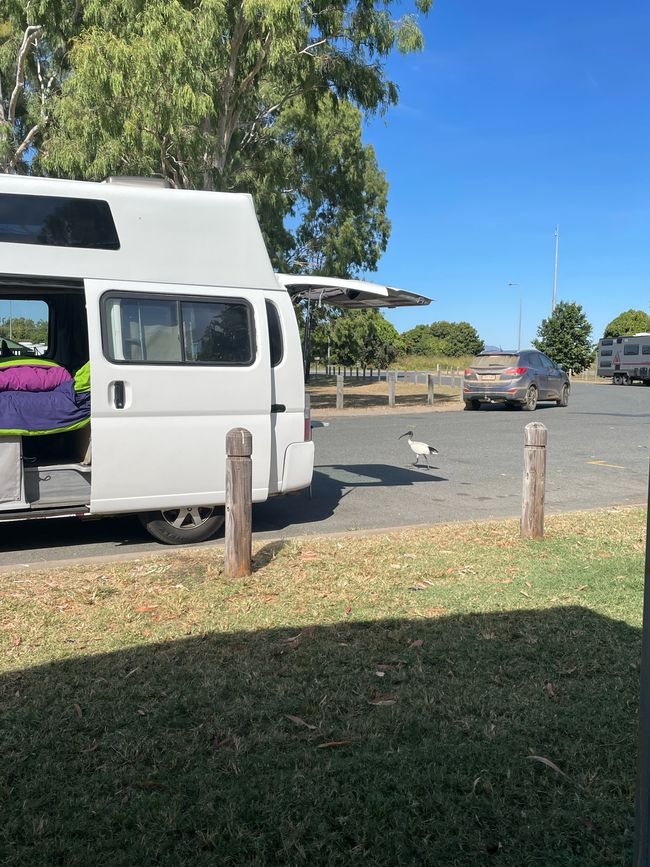
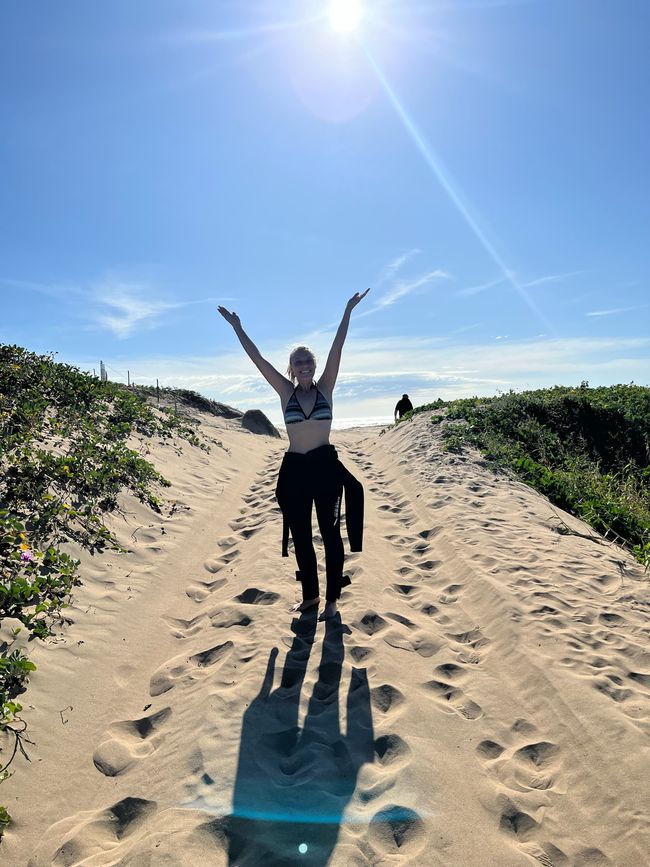
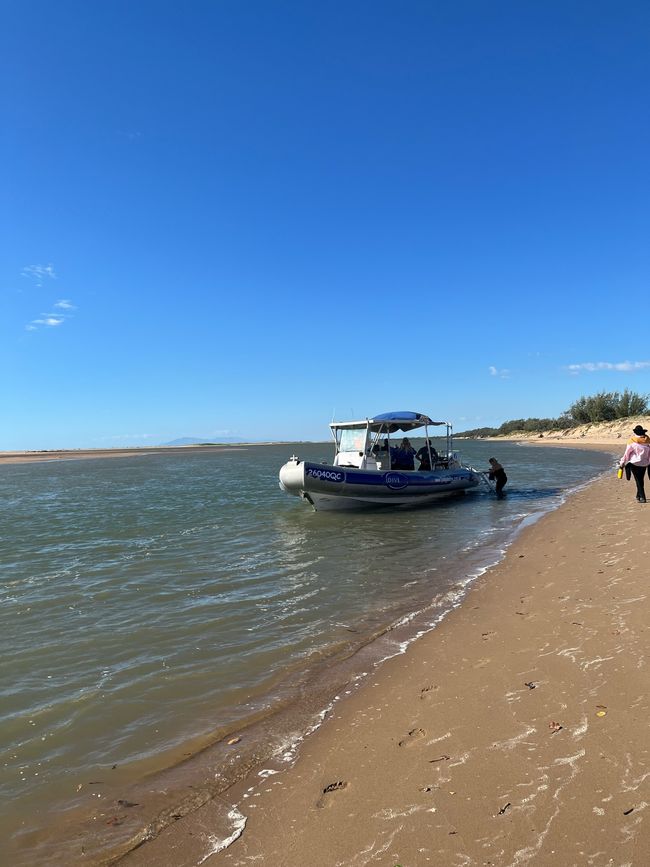
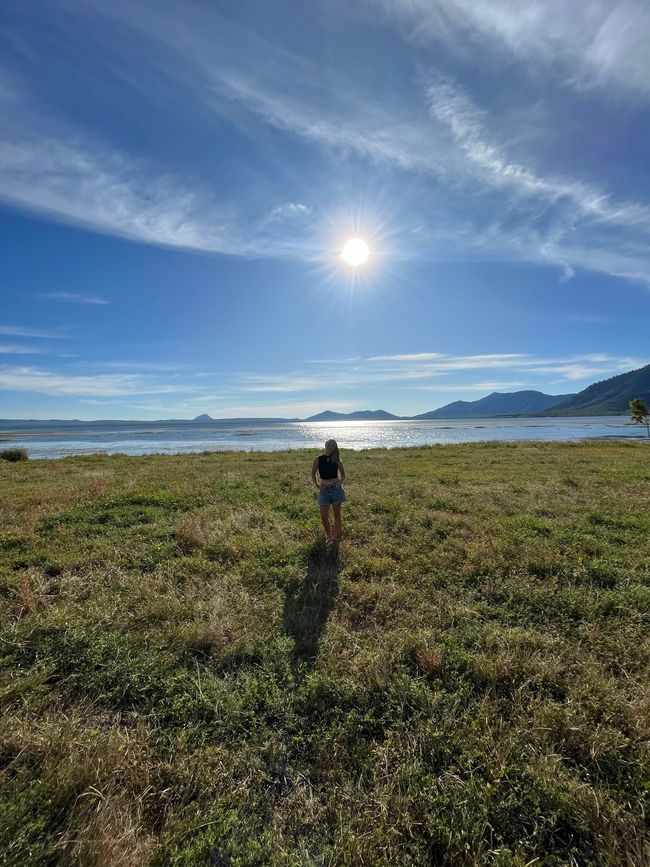
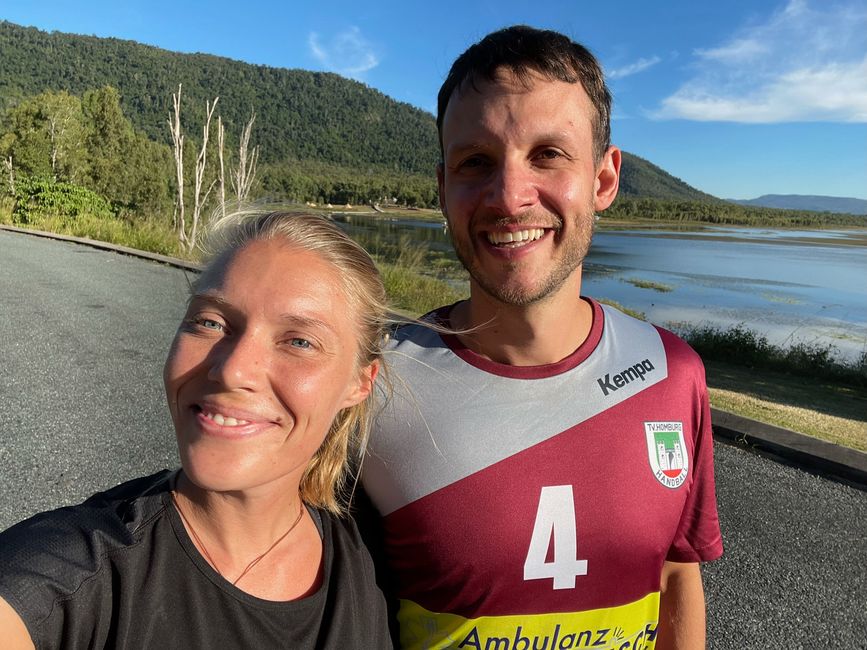
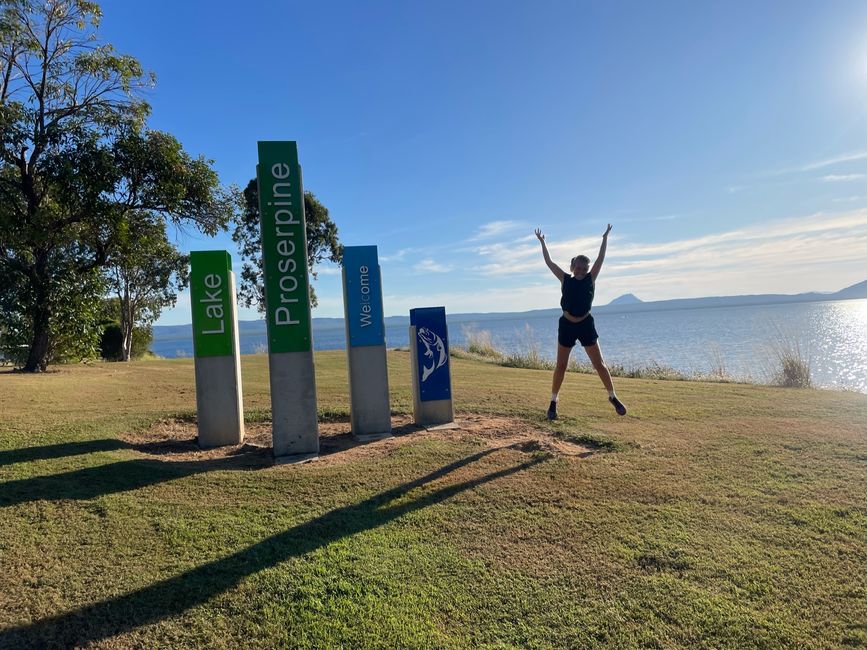
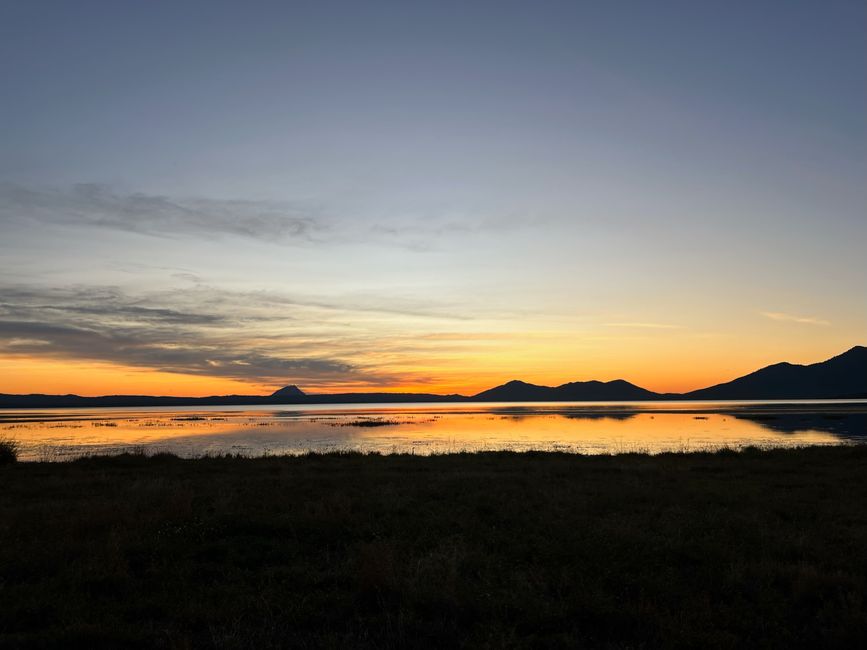
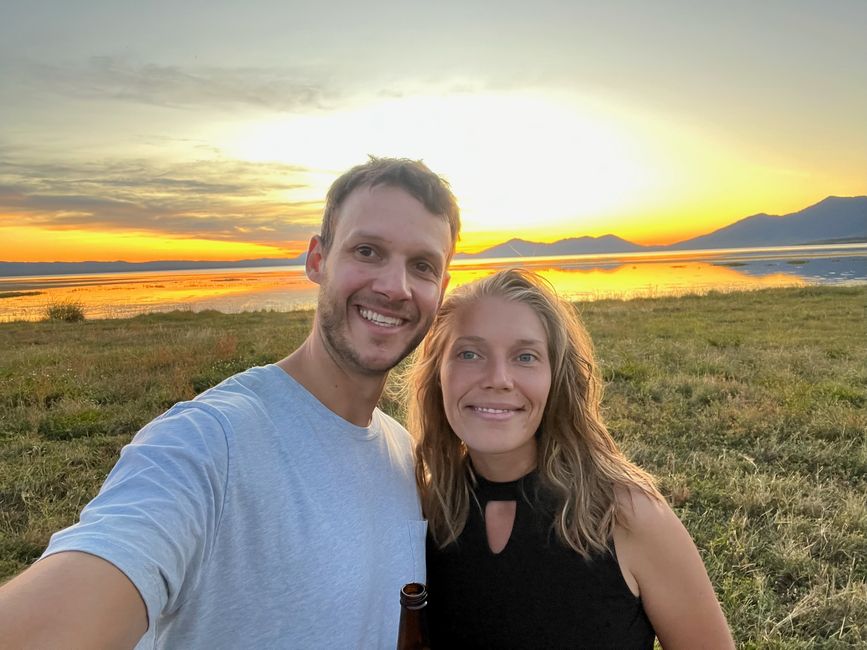
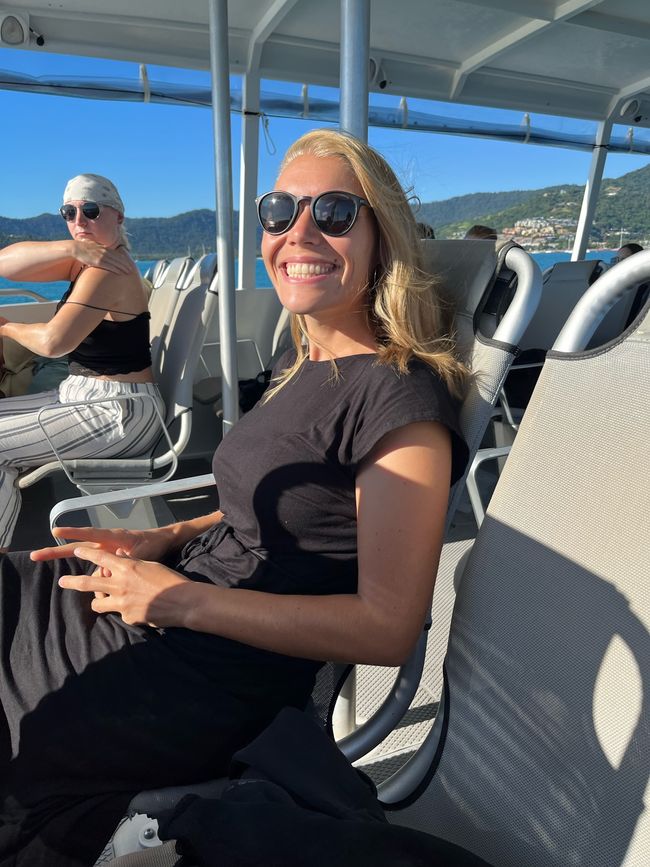
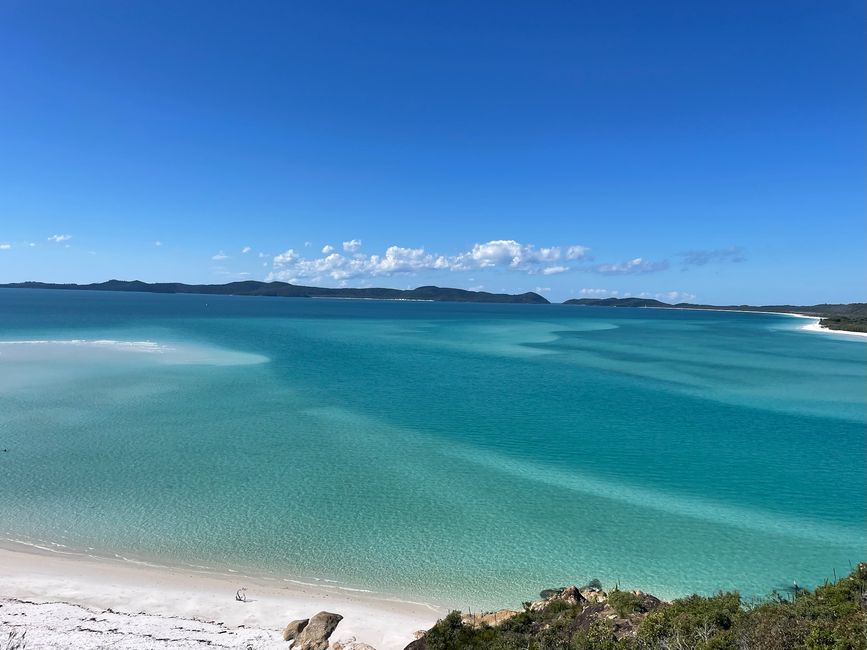
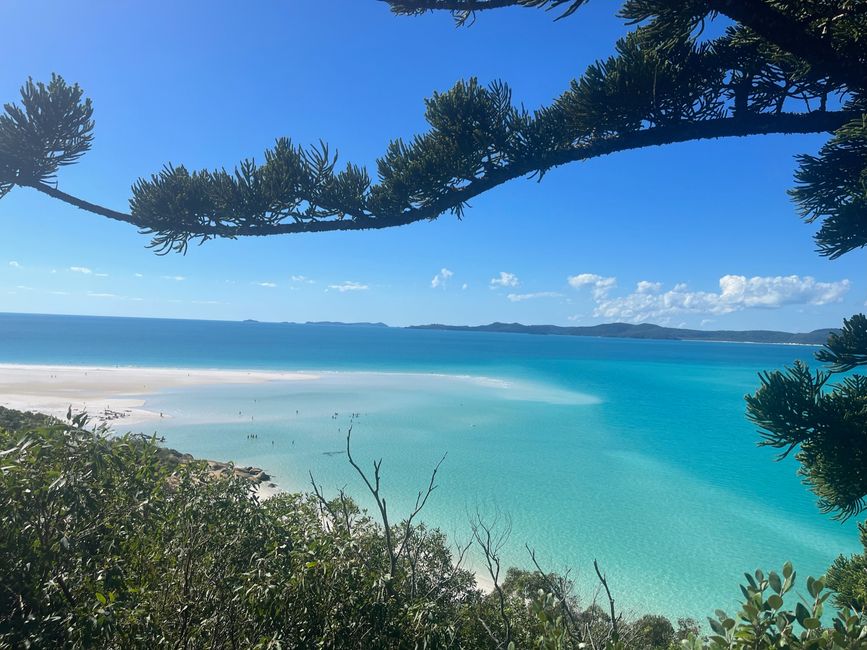
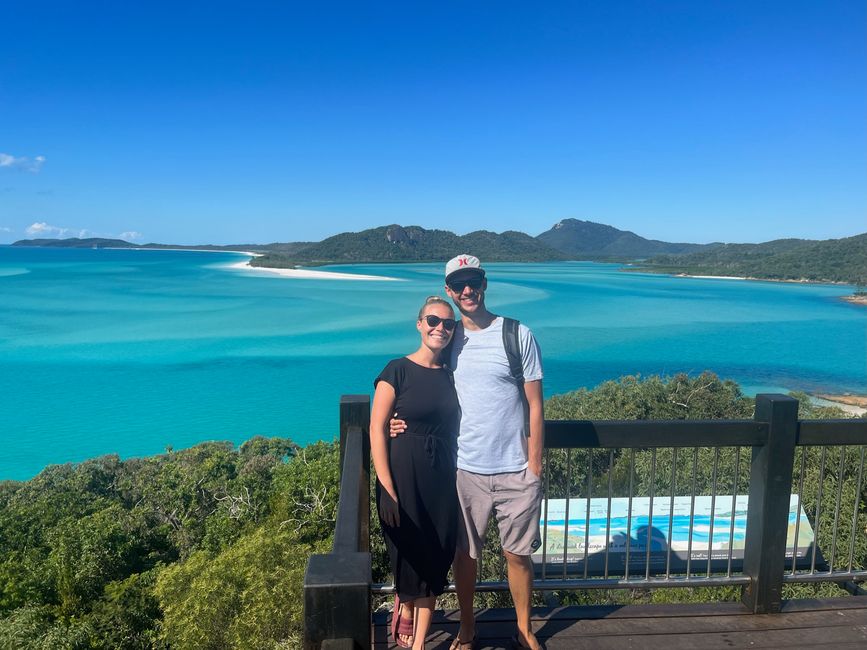
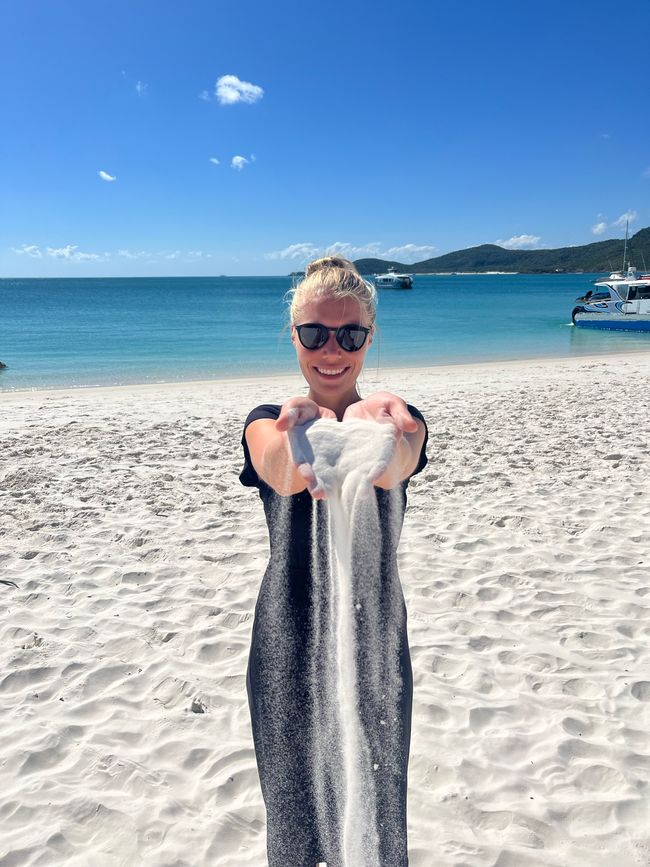
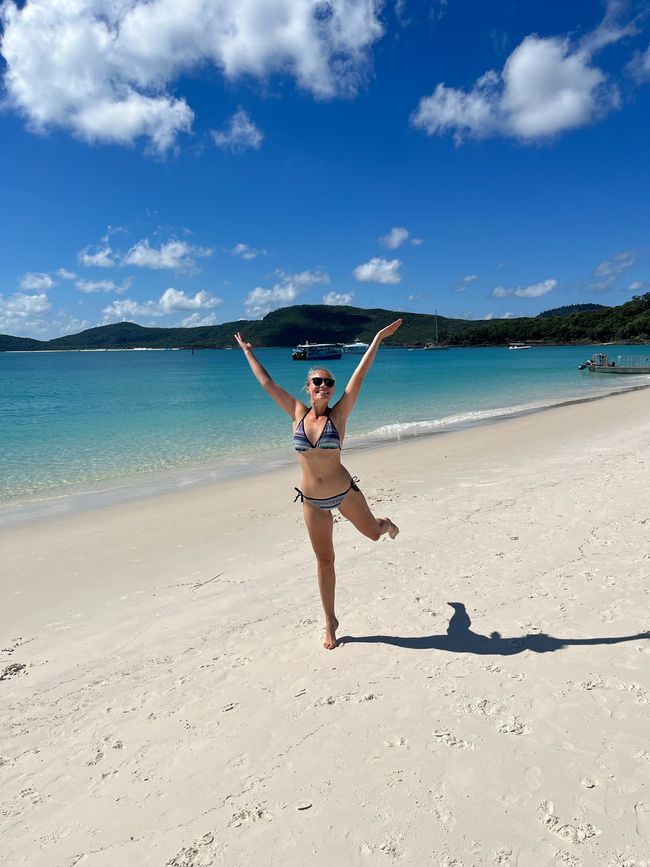
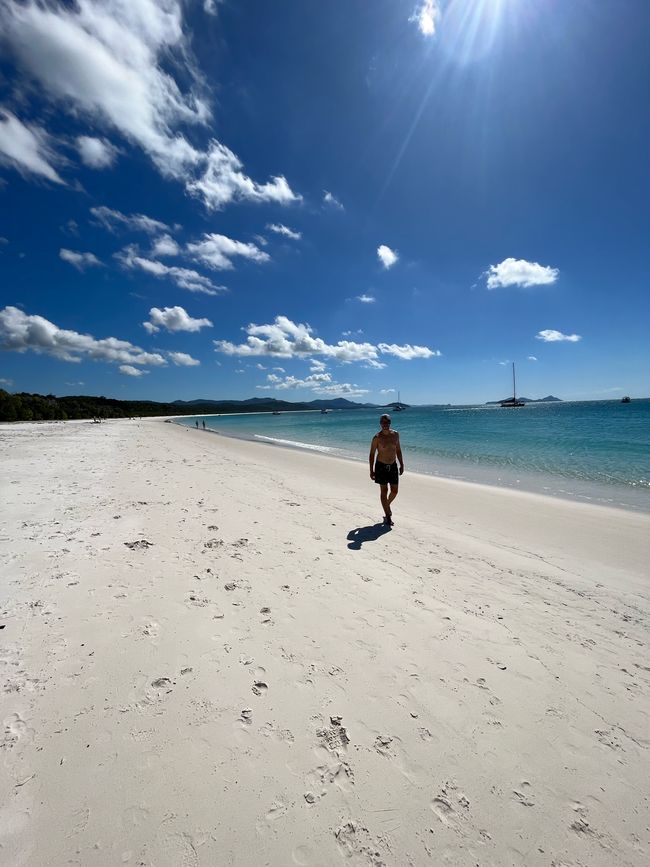
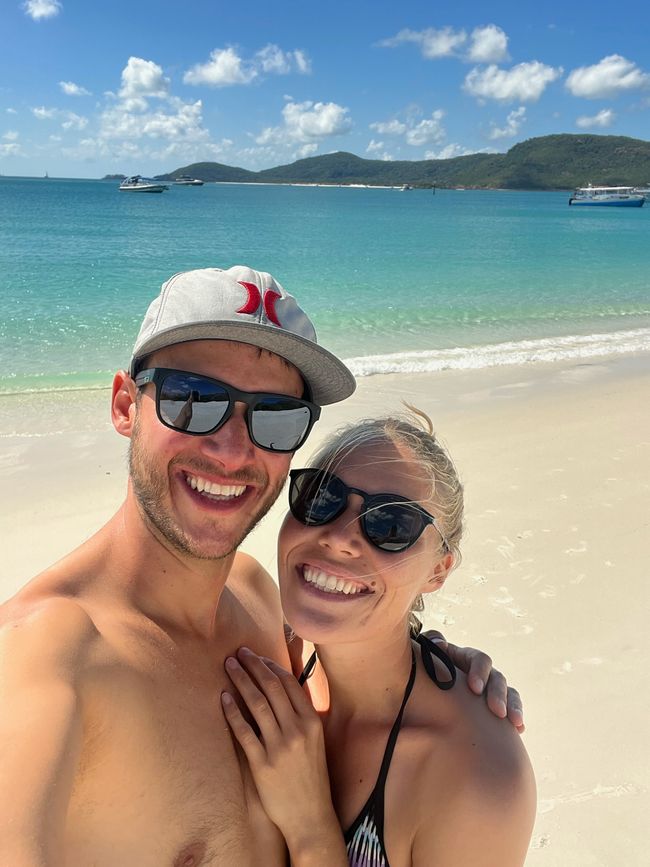
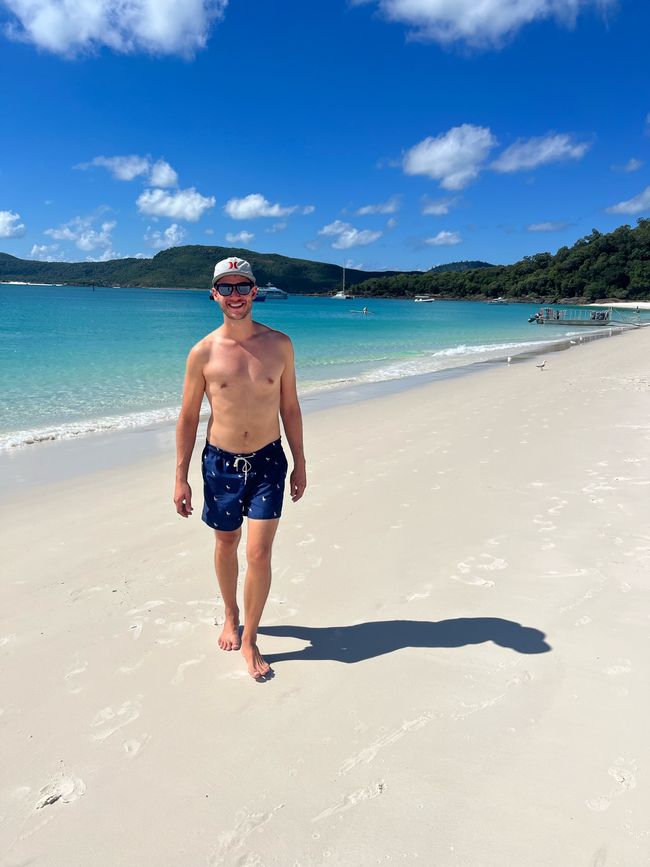
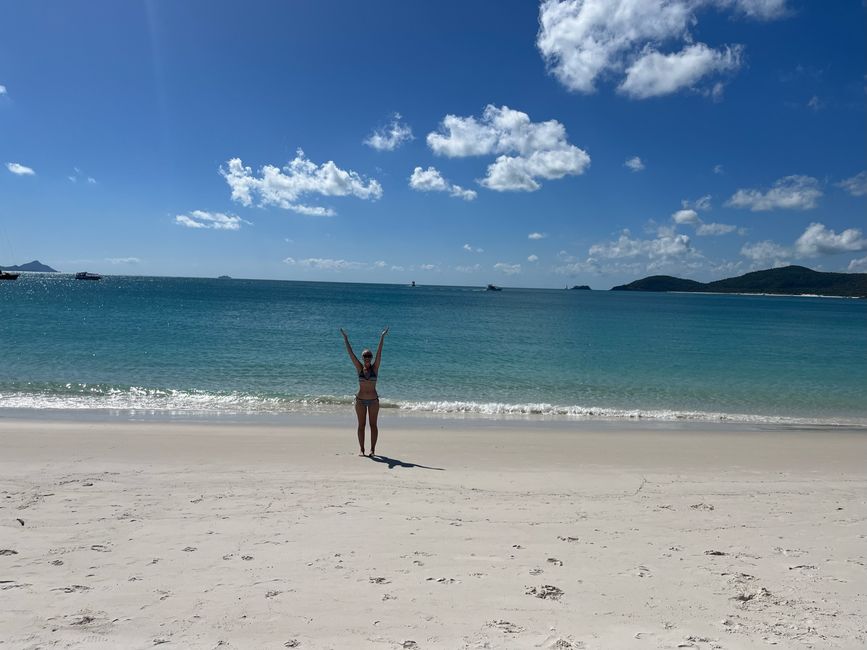
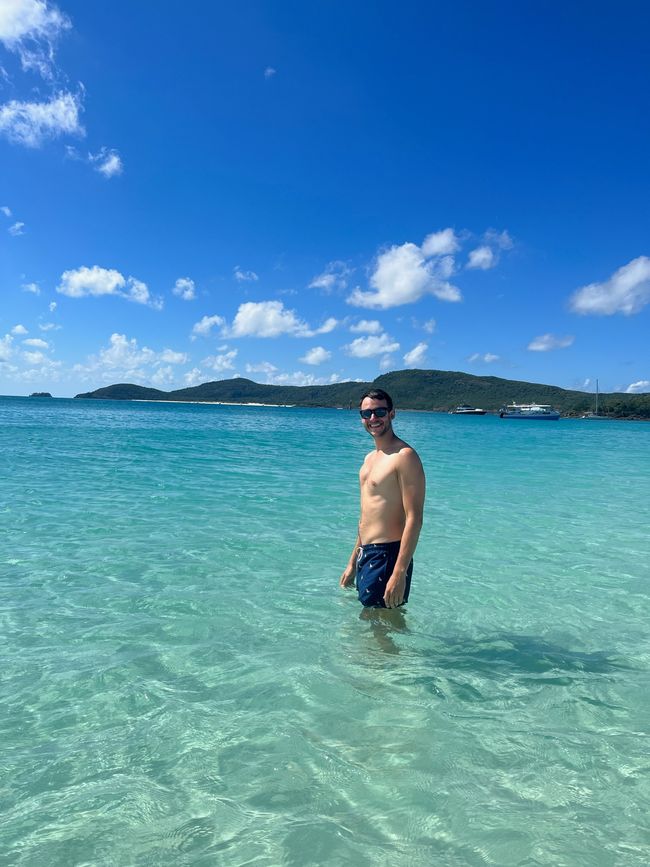
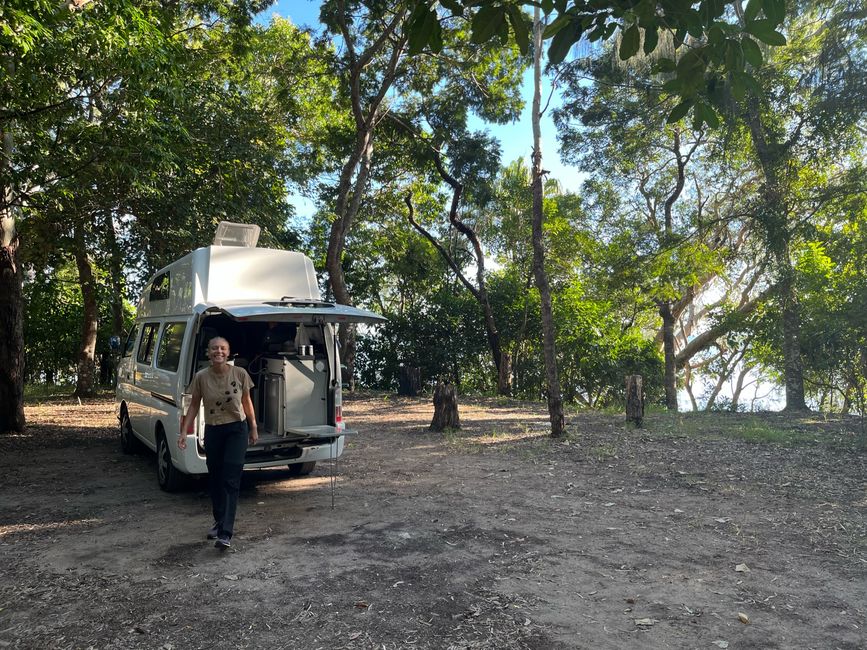
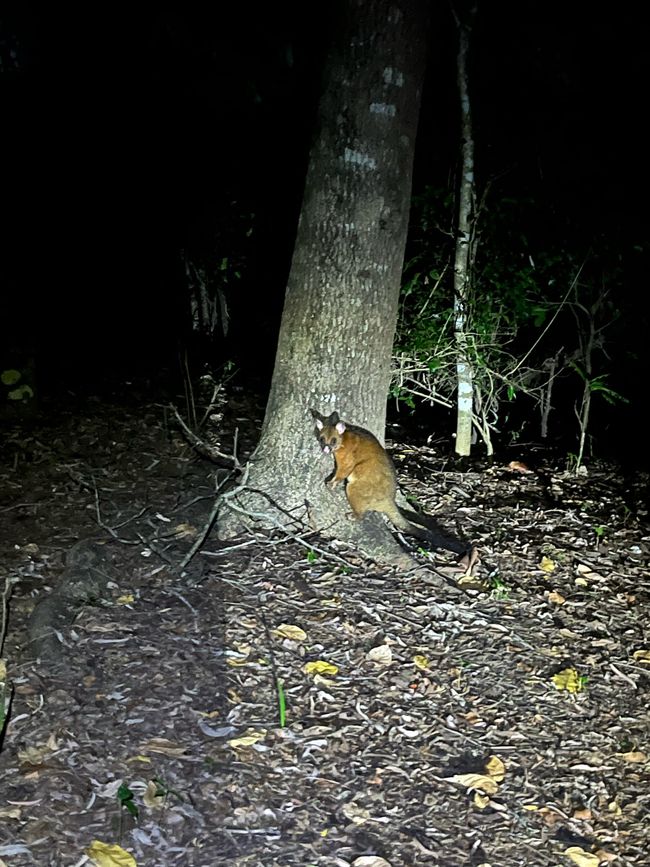
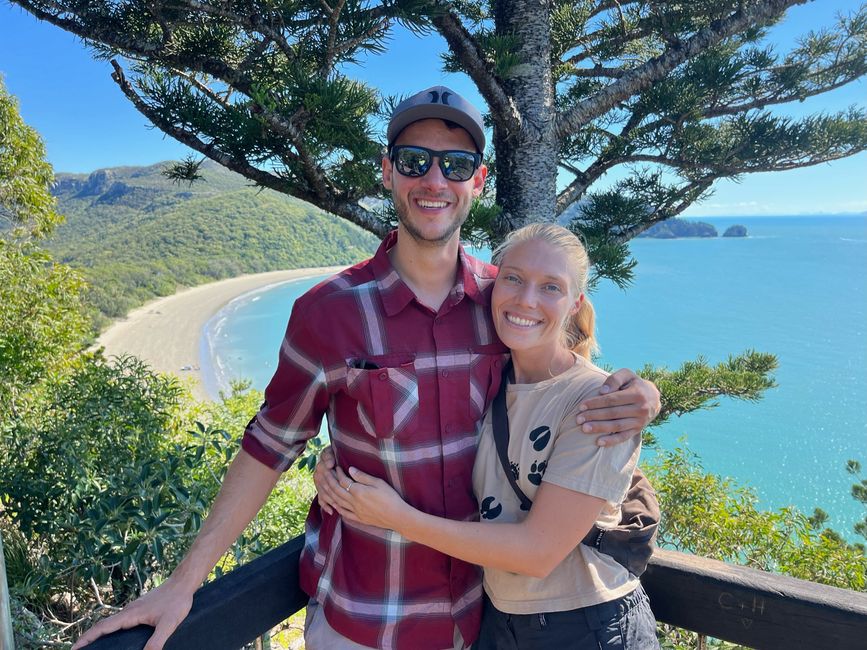
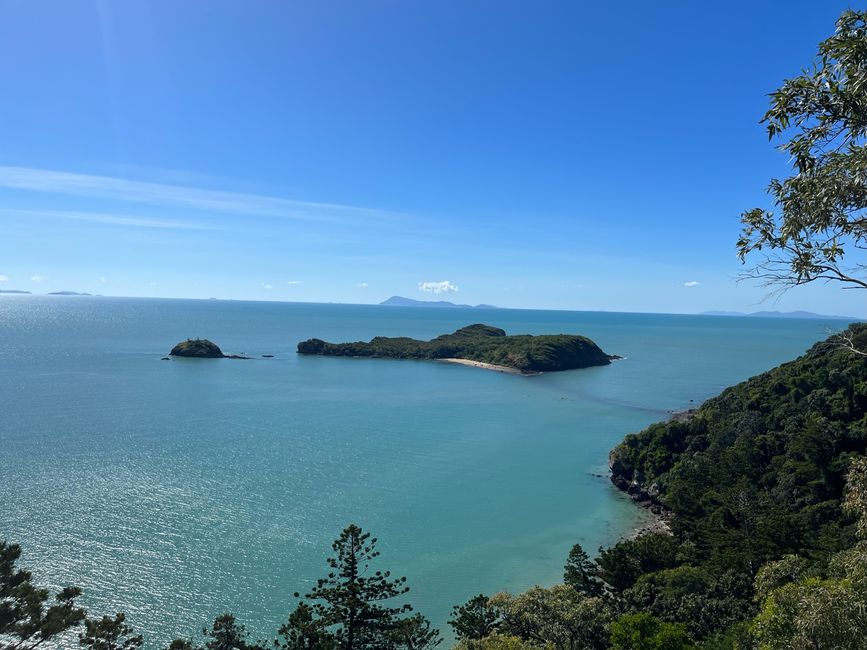
न्यूजलेटर के सब्सक्राइब करू
Our first campsite was about 45 minutes before Townsville, the capital of North Queensland. The next day we did some shopping and went to the tourist information office to plan the next few days. After that, we moved our campsite to one that was a little closer, right on the beach and known for bats. We arrived just in time for dusk and were able to watch a gigantic swarm of large bats fly out of the trees and cover the sky.
The next morning, we took a ferry to the small island of Magnetic Island. We sailed across the sea for about 20 minutes in bright sunshine. We then took a public island bus for a hike through koala habitat. The animals live here in their natural habitat and have no natural predators on the well-protected island, which is why there are quite a lot of them on the island. We discovered two fluffy specimens on our hike, mainly relaxing on their tree and dozing off. The maximum effort consisted of scratching behind their ear. After that, we passed former fortifications and saw koala number three up in the tree. This time it was a very small fluff ball, probably a young one, which also scratched itself extensively. The koala fur seems to be itchy 😁 After a short detour to the beach, we drove to our final destination, the rock wallabies. They are fed here under controlled conditions and tourists are allowed to give them certain foods in small quantities. We didn't have anything with us, but a woman handed out fresh spinach leaves, so we were able to watch a little wallaby eating from the front row. We found several more hidden in the rocks. Overall, Magnetic Island is a really beautiful island and the animals are super cute.
The next day, we went to Alva near the small town of Ayr. Here we booked a diving tour to one of the top 10 diving spots in the world. Off the coast, over 100 years ago, the SS Yongala sunk, a large transport ship that fell victim to a severe cyclone. Since then, a lot of coral has grown there and it is home to many living beings. As it is located between the coast and the reef, it is a meeting point for coastal and reef dwellers, as well as species that prefer the open ocean. Therefore, it serves as a stopover for various species on their way to the respective other place and is therefore a very special diving spot. After the briefing and choosing the equipment, we went on the small boat from the beach. We were warned that - although it didn't seem that way from land - the waves would become quite rough. In anticipation, we had already taken our motion sickness pills. And as soon as we had driven a bit, the rocking began. The waves were up to 1.5m high and we got completely wet. Two people from the group had to vomit and we were all relieved when we finally arrived. Everyone made it into the water, although we were a little afraid of falling backwards into the high waves. But as soon as we were in the sea, it wasn't so bad. Along a rope, we went into the deep blue with really low visibility, even at 5m we could still feel the force of the waves. But as soon as we were deeper down, it was totally calm and then we saw the shipwreck. We dove up to 28m deep - our previous record - and marveled at the incredible variety of corals and living beings that were frolicking in and around the SS Yongala. We saw large rays, reef sharks, sea snakes, large schools of fish, a moray eel, and individual giant fish. After the wild boat ride and the murky descent, this abundance of colors and life was overwhelming. The wreck itself, with its length of over 100m, was impressive and due to the fact that all the passengers from back then were never recovered and are still buried there, a bit creepy. We did a second dive at the wreck and then drove back through the wild waves.
Afterwards, we drove to a really beautiful campsite at Lake Proserpine, where we arrived in daylight for once. So we used the sun and the beautiful surroundings for a little jogging round - you have to stay fit on such a long journey 😜 After that, we enjoyed another beautiful sunset and would have liked to stay longer. But we had already booked a cool excursion for the next day.
We went from Airlie Beach - once again by boat - to the famous Whitsunday Islands. This time, to our relief, without waves and once again with bright sunshine, Queensland is not called the "Sunshine State" for nothing. 🌞 With good music, we sailed to a beautiful viewpoint from which you can admire the white sandy beaches and the wave-shaped sandbanks in front of the sea. Our guide told us that a scene from the movie Pirates of the Caribbean was filmed on one of the beaches. Since it wasn't "Caribbean" enough, palm trees were planted for an unbelievable amount of money, due to the strong tides, some film equipment was washed away, divers were hired to collect it again, and to make matters worse, it rained constantly, so the film crew had to wait ages for a sunny day. All this just so Johnny Depp could walk along the beach for 10 seconds. They could have filmed directly in the Caribbean... crazy film business 😅 Apart from that, the view was really beautiful! After that, we went to Whitehaven Beach, which is one of the most beautiful beaches in the world. The sand here is so pure and fine that NASA used several tons of it for building the Hubble Space Telescope. It squeaked under our feet when we walked and it felt almost like flour or powdered sugar when we let it trickle through our fingers. The sea was crystal clear, and although it was a bit cold, you could swim here and enjoy the beautiful sand. We also took a lot of really nice photos of ourselves 😜 After lunch, we went snorkeling at a reef with beautiful corals, especially here we saw many different types of soft corals that moved back and forth in the currents. But after a not too long time, we were cold in the water and went back on board, where we soon set off on the return journey.
After a quick shower on the beach - you take what you can get - we drove to the next campsite in Cape Hillsborough National Park. In the dark, we saw a possum climbing along a tree very close to our camper. The national park is known for the fact that you can watch kangaroos on one of the beaches at sunrise. They are fed and therefore appear in large numbers, probably as numerous as the number of tourists. As you know, we are not fans of activities that take place around the ungodly early sunrise. So we turned around in bed one more time and decided that we will certainly see kangaroos somewhere else, at normal hours and without feeding. So we had a very cozy breakfast and then drove to the starting point of a small hike. Here we had our first encounter with a snake, which was relatively unimpressed by us lying in the middle of the path and then gradually disappeared into the bushes. We were a bit frightened, but an Australian we met later on the way said, "Oh, that was probably just a tree snake, they don't do anything, they just want to warm up in the sun." Well, we were still alarmed and stomped even harder from then on, so that all further reptiles could get out of the way in time. The path led past various beautiful viewpoints, one of them was called Turtle Lookout and it delivered what it promised, we saw turtles constantly appearing at various spots.
We are now continuing along the coast heading south.
न्यूजलेटर के सब्सक्राइब करू
उत्तर
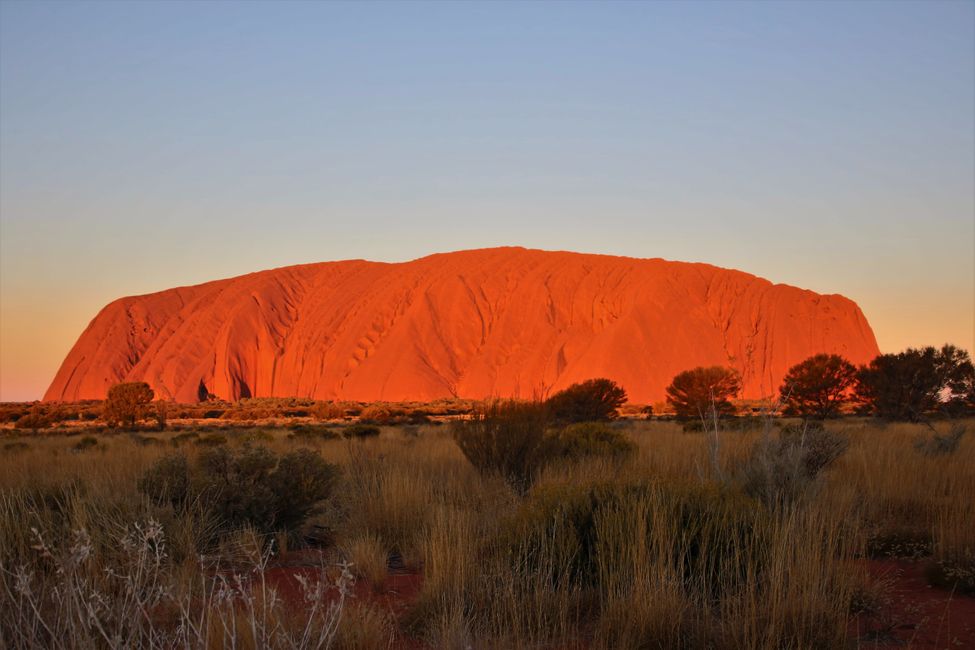
यात्रा रिपोर्ट ऑस्ट्रेलिया
